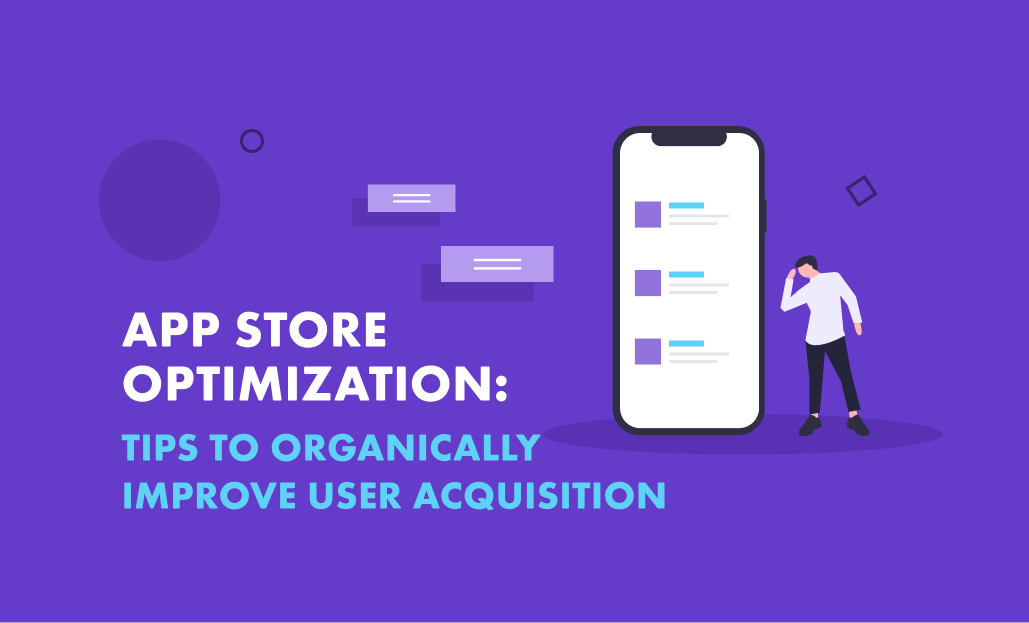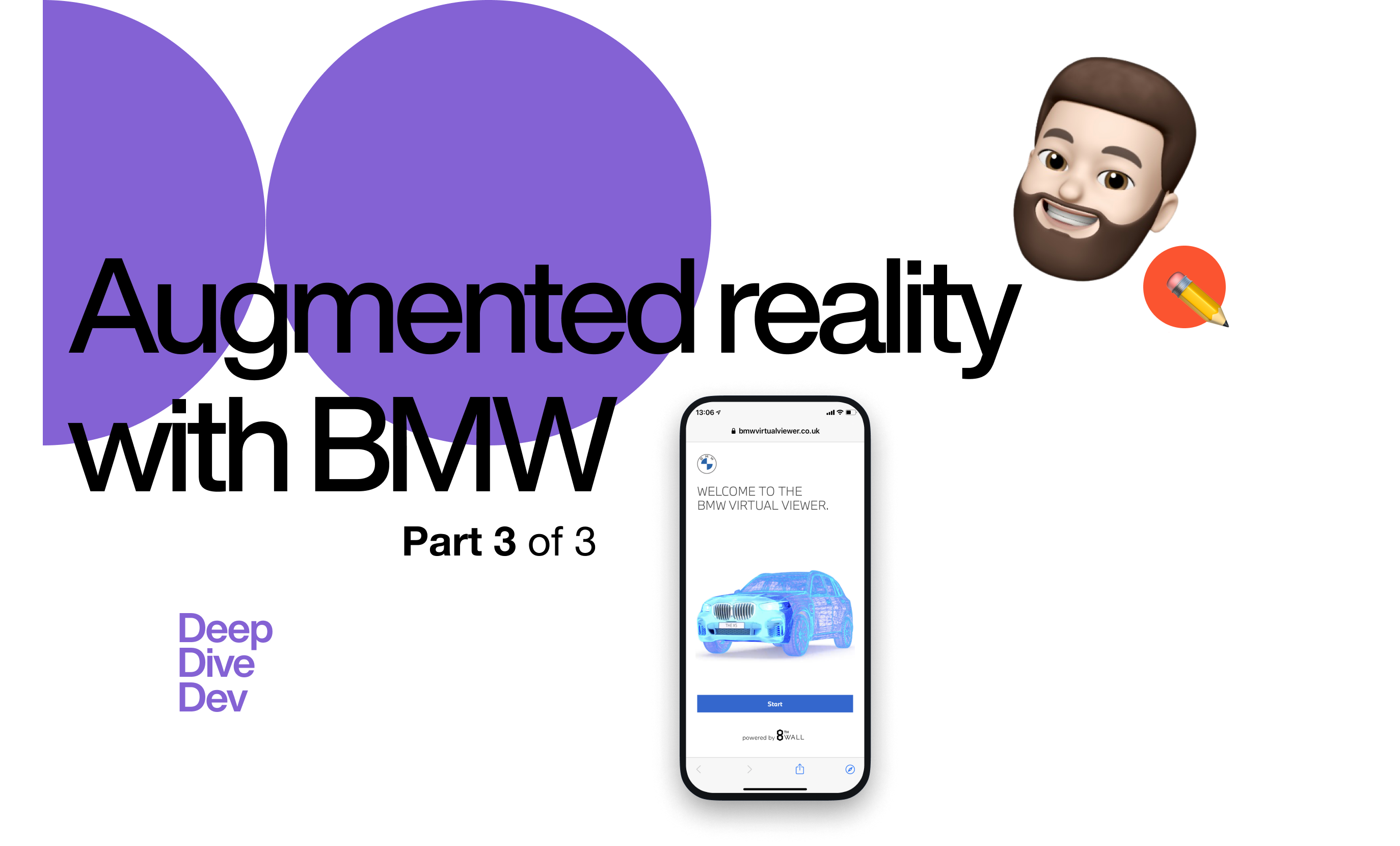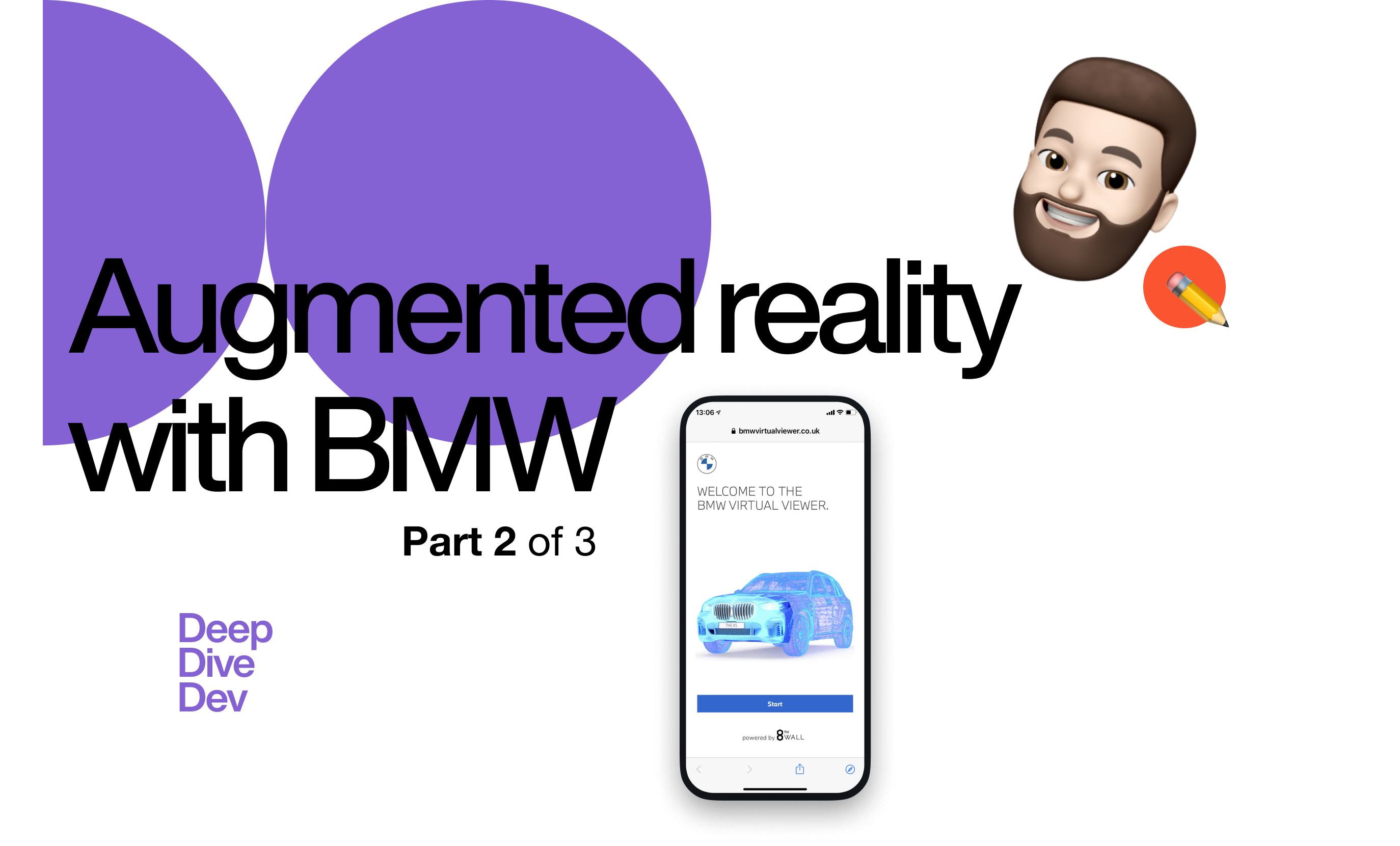When you’ve designed an app, tested the user experience and launched it worldwide, it won’t automatically rank well and get downloaded immediately. Before that, you need to work to make it discoverable on the App Store and Play Store. The fact is: thousands of apps launch every day, and not everyone can reach the top spots without putting in the effort. You need to implement strategies that will help you beat the competition.
Users need to first find your app and then decide to download it, which requires App Store Optimization (ASO). Proper ASO will help you organically acquire users searching for apps like yours and drive in users from paid channels, such as Google Ads and Apple Search Ads. The effort you put into organic optimization can enhance your paid user acquisition, and vice-versa. With proper optimization, you can improve your organic visibility and boost your user acquisition.
Keyword Visibility
No matter how well an app is developed, if users don’t discover it, they can’t download it. One of the best ways to ensure users find your app is through keyword optimization – a foundational element of a mobile app marketing strategy.
At the top of the funnel, you’ll need users to be able to organically discover your app when searching for important keywords. Converting these users and maintaining consistent acquisition during and after paid campaigns requires a strong organic foundation, so this will create the base for your UA.

The first thing you need to do is ensure users will find your app when they search the App Store or Play Store.
Taking this top-down approach to increasing discoverability and downloads will put your app in front of the right users and onto their devices. Without it, even with an amazing app, you won’t be able to build a user base.
Where to Start?
Declared keywords determine what searches your app appears in, and the more keywords your app ranks for, the more users will be able to discover it. By focusing on your keywords first, you create the foundation for your optimization. This opens your app to bring in more traffic while giving Apple and Google information about the terms your app should rank for early on in the optimization process.
In fact, appearing in search results is the most effective way of getting consistently discovered over the long term. Apple has stated in the past that about 70% of app discovery happens in searches, and that data has remained consistent. If you want users to find your app, you need keyword visibility.
What Terms to Target
The question is: what keywords should your app focus on? You’ll want to include a wide array of relevant keywords with enough search volume that users will be seeing it frequently, but choosing the right ones can be tricky.
First, consider what users are searching for. Users frequently search for keywords based on features or certain kinds of products in one to three-word phrases, like “shopping app” or “GPS navigation.” While app and brand names are still important, and the top brands will have a high volume that makes them worth indexing for, you can’t rely on brands alone. If your app is currently live, use ASO software to see where it’s ranked well and what terms aren’t working for it, then remove underperforming keywords and add more beneficial terms you want to start indexing for.

An app can rank for a wide number of keywords, as long as they’re relevant to its functionality. A GPS navigation app may rank well for “navigation” and “GPS app,” while a different GPS app ranks better for “GPS tracker” due to its keywords and functions
You need to find out which of those keywords have high mobile search volume. This is different from web search volume, as they are typically not aligned. You’ll need to find mobile search volume by using ASO software, rather than SEO software. That will help you know which terms are the most important to focus on.
When you optimize for search, you’ll want to incorporate a diverse set of terms that relate to your features and demographic. The more terms you can rank for, the better your chance of discovery.
The app stores’ algorithms will then take your keywords into account when merchandizing your app. If you’ve optimized your metadata with relevant keywords and phrases, you can potentially rank for them and appear in relevant search queries.
App Store Optimization can help you identify what keywords you need to target, effectively increasing your chances at gaining traffic.
Install Rate
As your app continues to gain traffic and visibility, you can potentially increase your overall install rate. As users discover your app, they’re more likely to download it if they can see how it directly relates to what they were searching for. That will require the icon, screenshots, description and other user-facing information to relate to their search queries.
When you gain taps and installs on more search terms over time, the App Store and Google Play Store will find your app more relevant to those search terms. This can potentially improve your ranking for those terms, thus increasing your visibility further and providing more opportunities to get downloads. It essentially becomes a feedback loop of growth and increased visibility.
What comes next?
While your metadata will create the foundation for app discovery, it alone is not enough to drive maximum growth. You’ll also need to execute a conversion optimization strategy.
There’s no guarantee that a user will download your app when they find it. If you run proper conversion optimization, you can uncover what does and doesn’t encourage users to install. This includes optimizing your creative assets, such as the screenshots and value propositions, to help ensure the best success rate.
Why Conversion Optimization Matters
Whether users find your app from search, ads or other channels, it will eventually lead them to your search or store listing. The visual elements there will help make or break the sale – will the creatives engage users enough to get an install?
If you want to maximize your installs across channels, you’ll need to optimize for conversion by testing and updating your creative elements.
Clicks and Conversions Impact Ranking
Conversion optimization can also improve your keyword rankings. Apple and Google take your click-through rate (CTR) and conversions into account when determining your organic ranking. By optimizing for conversions, you can increase your installs and organic footprint – once more, this can create a loop of growth and conversions.
With that in mind, you’ll want to identify areas you can optimize. Screenshots play a large role in conversion, so consider if you’re focusing on the most popular features or including high-volume and relevant keywords in your screenshot copy. This can connect your app directly to user searches, which can increase their likelihood of installing.

This app uses the screenshot copy to call out value propositions relevant to user searches, such as “free puzzle games” and “offline games.”
Conversion optimization makes your traffic more efficient, saving you money in the long run.
Test and Improve
When optimizing for conversions, you’ll need to test your creatives and build upon the success of each version. You can compare variants through A/B testing and measure out the success of each one.
Once you’ve identified which aspects convert users the best, you can apply them to future builds. This will help optimize your creative set to its maximum potential.
Continued Growth
You can further increase your chance at success by implementing paid ad campaigns alongside your organic App Store Optimization strategy. This is an important way to gain downloads at a competitive rate and further improve your UA.
In addition to driving more overall installs, paid campaigns can help with the indexation process. Apple Search Ads and Google Ads will send extra traffic to your app, and the keywords you win your bids on will help with the indexation process. Even driving users to your store listing from outside of search, such as through Facebook ad campaigns, can help increase the rate at which you index and your overall ranking.
As the increased traffic from paid marketing helps improve visibility, this opens the top of your funnel to even more potential installs. This can have a positive impact on your keyword rankings, thus improving your overall visibility both through organic search and paid marketing.
Remember that this will all lead to your app and its visual assets at the end of the funnel. Ads from outside the platform will lead to the product page, while ads like Search Ads and Google Ads will appear in the search results. You’ll need to be optimized for conversion once users arrive at either.
Conversion Optimization, Paid UA and Lowered CPI
While paid campaigns do require a marketing budget, you can lower your overall cost per install (CPI) by improving your efficiency with optimized creative assets.
Utilizing paid campaigns means you’ll be paying to feed traffic to your store listing. If users are tapping to view your app but not installing it, the cost per install will go up; conversely, more conversions per tap will bring your CPI down. Therefore, the more your listing is optimized for conversions, the less you’ll be spending per user acquisition overall. Each aspect of App Store Optimization continues to empower the others by making your overall efficiency improve.
Overall
No matter how high-quality your app is, you need to make sure users can both find it and understand what it has to offer. This will require App Store Optimization, particularly keyword optimization, conversion optimization and paid marketing. Each strategy can contribute to boosting your overall organic visibility and downloads.
You spent countless hours working to make sure your app is built to perfection, so if you want that time and energy to pay off, you’ll need to put equal effort into your ASO strategy. Without ASO, you will likely see few views and even fewer downloads.
About the Author
Gummicube Co-Founder & CEO, Dave Bell
Gummicube is a global leader in App Store Optimization with more than 11 years of experience optimizing and marketing apps. We offer the leading enterprise ASO technology and agency services, providing support to clients around the world. Our company is trusted by thousands of enterprise brands and leading startups including Microsoft, LinkedIn, Bethesda, SWEAT, GrubHub, McAfee and many others.






Have a look at our social media